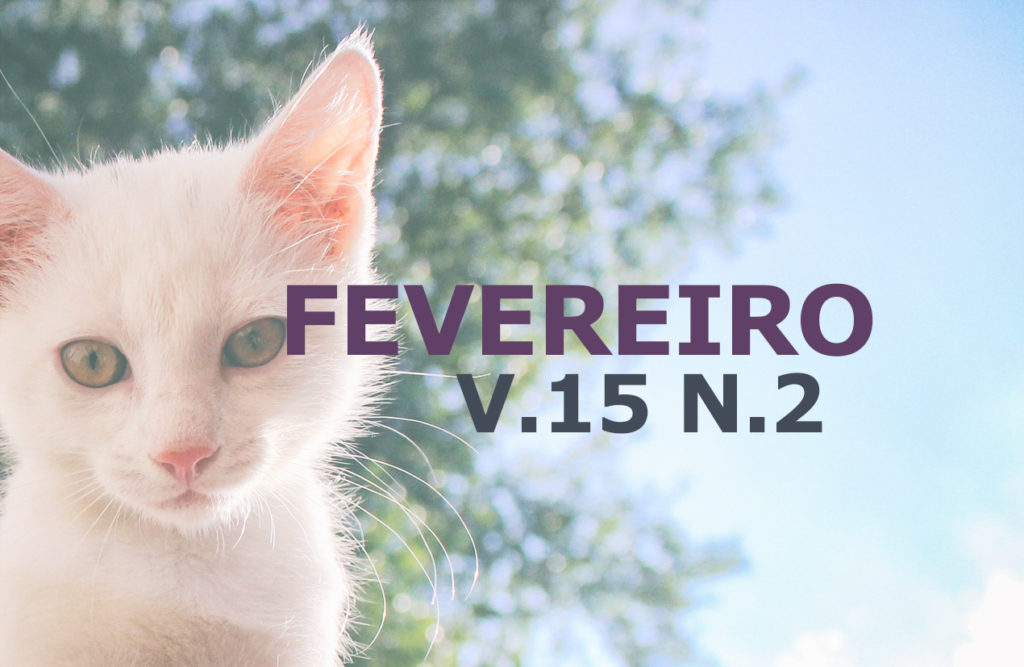Avaliação das complicações transanestésicas comparando a infusão contínua peridural versus analgésica em cães submetidos a neurocirurgias
DOI:
https://doi.org/10.31533/pubvet.v15n02a747.1-6Palavras-chave:
Analgesia, anesthesia, dogs, hemilaminectomy, neurosurgeryResumo
Neurosurgeries have become more frequent in veterinary hospitals, however, there are some questions regarding anesthetics protocols and analgesic techniques. Thus, patient analgesia and hemodynamic stability play a key role in pre, post, and perioperative moments favoring an adequate recovery. This study aimed to evaluate the transanesthetic complications reported on anesthetic records of dogs submitted to hemilaminectomies in the university veterinary hospital of the Federal University of Santa Maria (UFSM) between January 2016 and August 2017, and compare three different analgesic protocols most commonly used in the routine for this surgery. In addition, transanesthetic parameters for each dog were equally recorded in five-minute intervals: cardiac frequency (FC), respiratory frequency (f) blood oxygen saturation (SpO2), mean artery pressure (PAM), temperature and end tidal CO2 (EtCO2). The patients were divided into three groups: Group M: animals receiving epidural analgesia with morphine 0.1mg/kg diluted in 0.26 ml/kg of saline solution 0.9%; Group FLK: bolus of fentanyl 2 μg/kg, lidocaine 1 mg/kg, and ketamine 1 mg/kg followed by infusion of fentanyl 0.1 μg/kg/min, lidocaine 50 μg/kg/min and ketamine 10 μg/ kg/min; and Group F: bolus of fentanyl 2 μg/kg followed by infusion of fentanyl 0.1 μg/kg/min. ANOVA was used to evaluate the anesthetic protocols complications, followed by Tukey’s post-hoc test with a significance level of 5% (p <0.05), comparing the mean of each parameter. Among the anesthetic complications that were found hypotension, bradycardia and hypercapnia were the most frequent. When 22.22% of the patients presented hypotension more evident on the first 10 minutes of anesthesia, 22.22% presented bradycardia, requiring the use of atropine (0.022 mg/kg) and 83.33% had hypercapnia on at least one of the times (EtCO2 > 45mmHg). With this study, it was observed that the use of continuous infusions of FLK, fentanyl, and epidural analgesia with morphine, in the used doses, were effective and safe in the dogs submitted to neurosurgeries, however, it was noticed that the use of morphine caused a greater reduction in temperature during the intraoperative period.
Downloads
Publicado
Edição
Seção
Licença
Copyright (c) 2021 Lícia Flávia Silva Herculano, Jessika Schopf Pasini, Victor Reis Galindo, Charline Vanessa Vaccarin, Alexandre Mazzanti, André Vasconcelos Soares

Este trabalho está licenciado sob uma licença Creative Commons Attribution 4.0 International License.
Você tem o direito de:
Compartilhar — copiar e redistribuir o material em qualquer suporte ou formato
Adaptar — remixar, transformar, e criar a partir do material para qualquer fim, mesmo que comercial.
O licenciante não pode revogar estes direitos desde que você respeite os termos da licença. De acordo com os termos seguintes:
Atribuição
— Você deve dar o crédito apropriado, prover um link para a licença e indicar se mudanças foram feitas. Você deve fazê-lo em qualquer circunstância razoável, mas de nenhuma maneira que sugira que o licenciante apoia você ou o seu uso. Sem restrições adicionais
— Você não pode aplicar termos jurídicos ou medidas de caráter tecnológico que restrinjam legalmente outros de fazerem algo que a licença permita.





